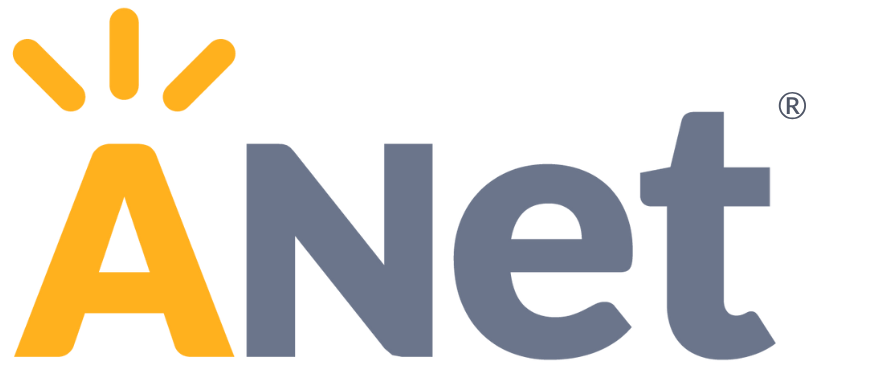by Sarah Tierney
You pass out yesterday’s quiz, grades marked at the top of each paper. 90, 84, 88, 76, 95, 82… But do those grades help students understand where they made a misstep or how to improve? A percentage or letter grade gives us a high-level view of student performance, but it doesn’t give us the information we can use to improve teaching and learning tomorrow.

By analyzing student work—particularly their errors—we gain insight into students’ mathematical thinking. If we can figure out why students are making mistakes, we can plan our instruction to address misconceptions or gaps in their skills.
Math educator and researcher Marge Petit suggests: “Sort [student work] by where students are in the learning progression instead of "right" and "wrong." Add nuance with categories like non-fractional, transitional, fractional.” That way, we orient towards where students are on a progression of learning about fractions, let’s say, as opposed to an isolated moment in time.
We’ve created an efficient and effective protocol to guide teachers’ analysis of student work. By organizing student work along a progression of learning, we can identify trends and devise targeted instructional strategies to give students the support they need to be successful.
Click the button below to learn how to use this protocol to analyze and take action around students’ thinking in math.
We’ve spent ten years learning from thousands of leaders and teachers across the country about the things that make a big difference for schools. Now, we want to give you the opportunity to do the same. This is the second in a series of tools, resources, and insights we are sharing from our work with school partners.
Sarah is a director of new partnerships and former coach at ANet. She’s leading the Lessons from the Field project.
